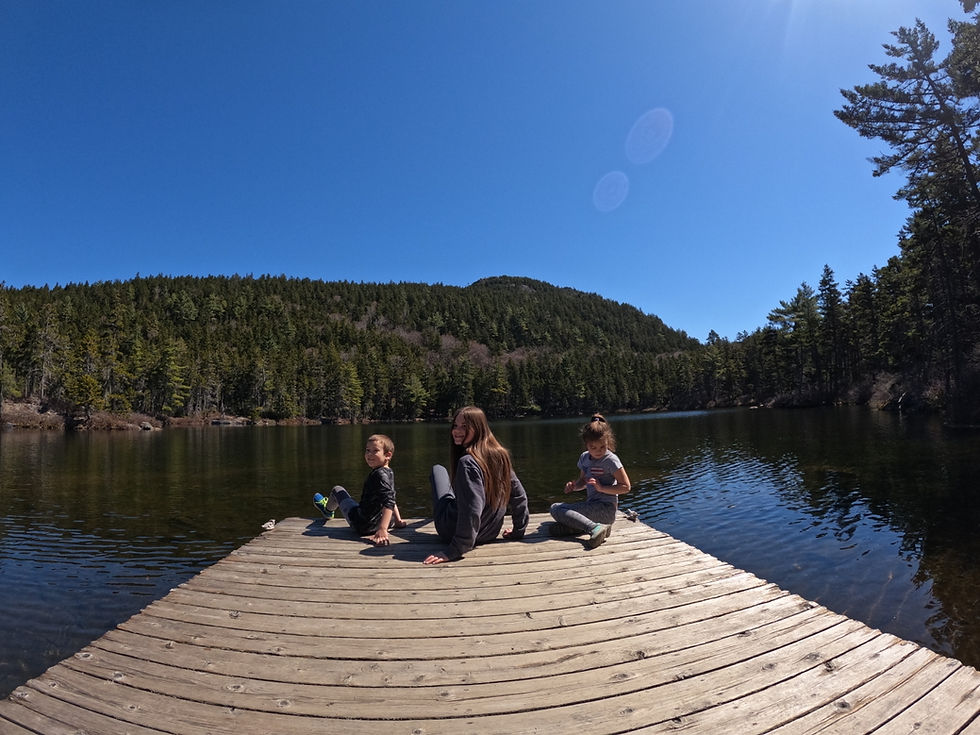Foraging In Rural Maine
- Feb 28, 2023
- 2 min read
Updated: Apr 17, 2023

Foraging has become a popular pastime in recent years, as more people look to connect with nature and learn about the benefits of natural foods. Maine, with its abundant forests, fields, and coastal areas, is a prime location for foraging enthusiasts. In this post, we will explore the joys of foraging in rural Maine and provide some tips for beginners.
What is Foraging?
Foraging is the act of searching for and gathering wild food sources. This can include fruits, berries, nuts, mushrooms, and herbs. Foraging is a way to connect with nature, learn about local ecosystems, and enjoy the flavors and nutritional benefits of wild foods.
Why Forage in Maine?
Maine is a forager's paradise, with its diverse landscape and rich biodiversity. From the forests of western Maine to the rocky coastlines of the east, there are endless opportunities to discover new wild foods.
Maine is known for its blueberries, but there is so much more to be found. Wild strawberries, raspberries, blackberries, and cranberries can be found in fields and along roadsides. Mushrooms such as chanterelles, morels, and hen of the woods can be found in the woods, while seaweed and shellfish can be found along the coast.
Tips for Foraging in Maine
Foraging in Maine can be a rewarding and enjoyable experience, but it is important to take proper precautions and follow some basic guidelines to ensure a safe and sustainable harvest.
Do your research: Before heading out to forage, do some research on the plants and fungi you are looking for. Familiarize yourself with their appearance and the locations where they are typically found. It is also important to know which species are safe to eat and which are poisonous.
Respect nature: When foraging, it is important to respect the environment and leave no trace. Only take what you need and avoid damaging plants and fungi or their habitats. Be aware of any regulations or restrictions on foraging in certain areas.
Use proper equipment: Bring a basket or bag to collect your harvest, as well as a knife or scissors for cutting. Wear appropriate clothing and footwear for the terrain, and bring a map or compass in case you get lost.
Be cautious: When foraging for mushrooms, it is important to be cautious and only eat species that you are certain are safe. Mushrooms can be difficult to identify, and some poisonous species can resemble edible ones. If in doubt, consult a field guide or expert.
Enjoy the harvest: Once you have returned home with your harvest, take some time to clean and prepare the wild foods. Many wild foods can be used in a variety of recipes, from jams and jellies to soups and stews. Enjoy the flavors and nutritional benefits of your foraged foods.
Conclusion
Foraging in rural Maine is a unique and rewarding experience, allowing you to connect with nature and discover the many wild foods that this state has to offer. By following some basic guidelines and respecting the environment, you can safely and sustainably harvest wild foods and enjoy the flavors and benefits of these natural treasures. Happy foraging!



Comments